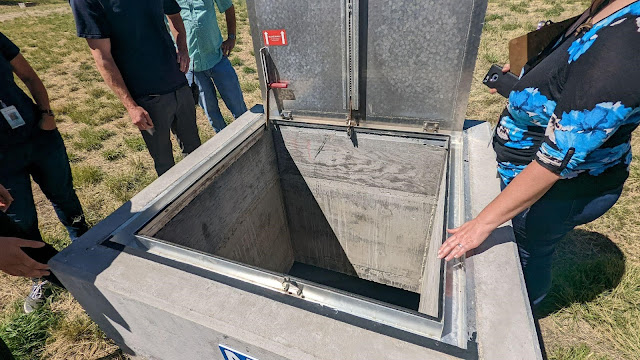As stated above, the Bipartisan Infrastructure Law (BIL) funding is allocated by the EPA to the existing drinking and clean water state revolving fund (SRF) program. The process for awarding funds is the same as the existing program.
- Applicants must submit an eligibility survey to be included on the state’s Intended Use Plan (IUP) that describes how funds will be used for the plan year.
- Based on the eligibility surveys received, the division develops eligibility lists and includes them in the draft IUP. TheWater Quality Control Commission reviews and approves the IUP.
- After the commission approves the IUP, the eligibility lists are adopted by the Colorado Water Resources and Power Development Authority,and the General Assembly.
- Communities that are included on the eligibility lists in the approved IUP may start the application process through the SRF.
- The steps for a drinking water project are described in the DWRF Loan Program Steps and wastewater projects are described in the WPCRF Loan Program Steps.
- The BIL requires funds to be issued as a combination of principal forgiveness and a subsidized loan. The eligible criteria are included in the Intended Use Plan. The projects are evaluated based on the criteria and may be awarded principal forgiveness subject to funding availability at the time of loan application. The eligibility criteria and BIL funding categories are included in the Addendum to the 2022 DWRF IUP and Addendum to the 2022 WPCRF IUP.
This funding represents a major opportunity for Colorado. The existing SRF programs received approximately $34 million in funding from the EPA per year over the past few years. The BIL allocates an additional $121 to $143 million to the SRF program on a yearly basis for the next five years. No funding has been awarded yet, as the state is still in the process of applying for funds. But we currently have 40 applications in process that are being evaluated for eligibility with regards to BIL funding. The department will likely begin issuing funds within the next few months, depending on when EPA sends the funds.
While the BIL represents great opportunity, there are expected challenges too, such as:
- The BIL funding requires a state match for the next five years. It appears that the state has the matching funds for the first year. But the program is working to determine how the state will meet the match requirements in future years.
- Staffing and training of new staff is a challenge given the level of additional funding. The program is working quickly to hire additional staff.
- The Build America, Buy America Act (BABA) applies to BIL funding, and requires that all construction materials and manufactured products are made in the United States. Additional federal regulations such as BABA may slow funding awards and may be a challenge for projects to comply with.
➽ Mark Henderson, P.E. Unit Manager, Grants and Loans
➽ Michael Beck Section Manager Community Development & Partnership
➽ Ron Falco, P.E. Safe Drinking Water Program Director










